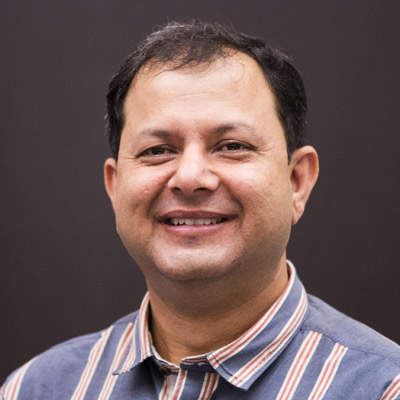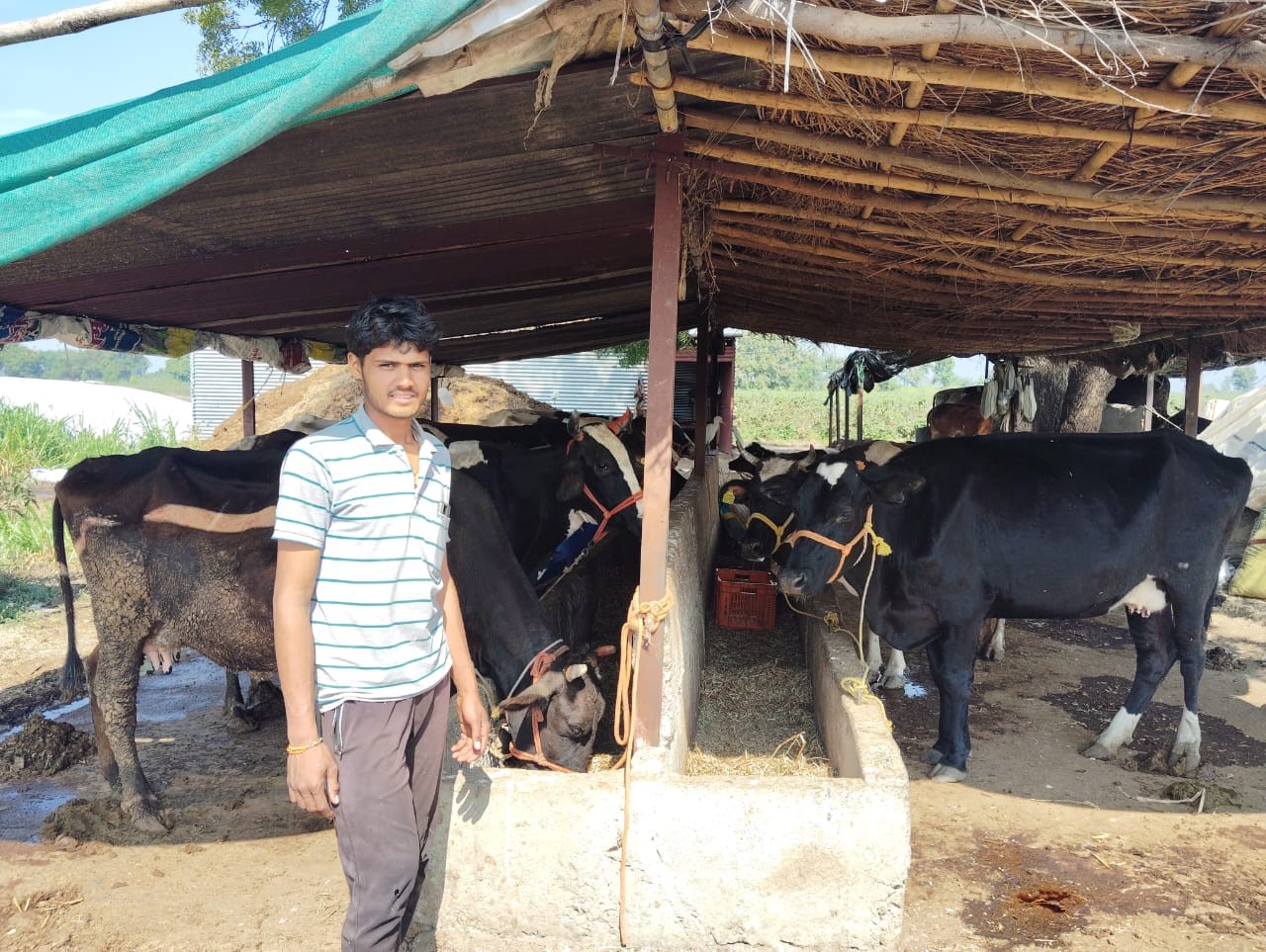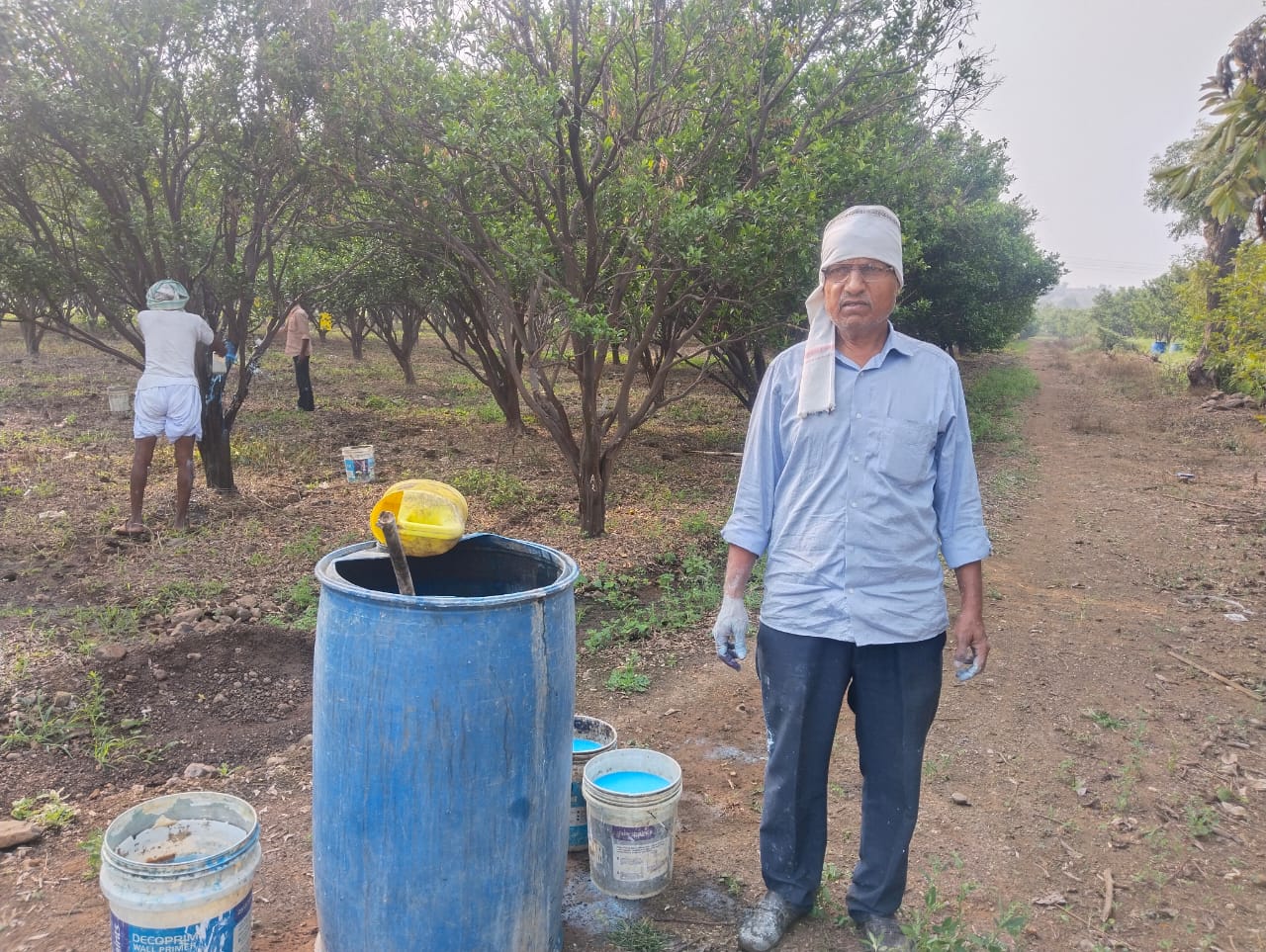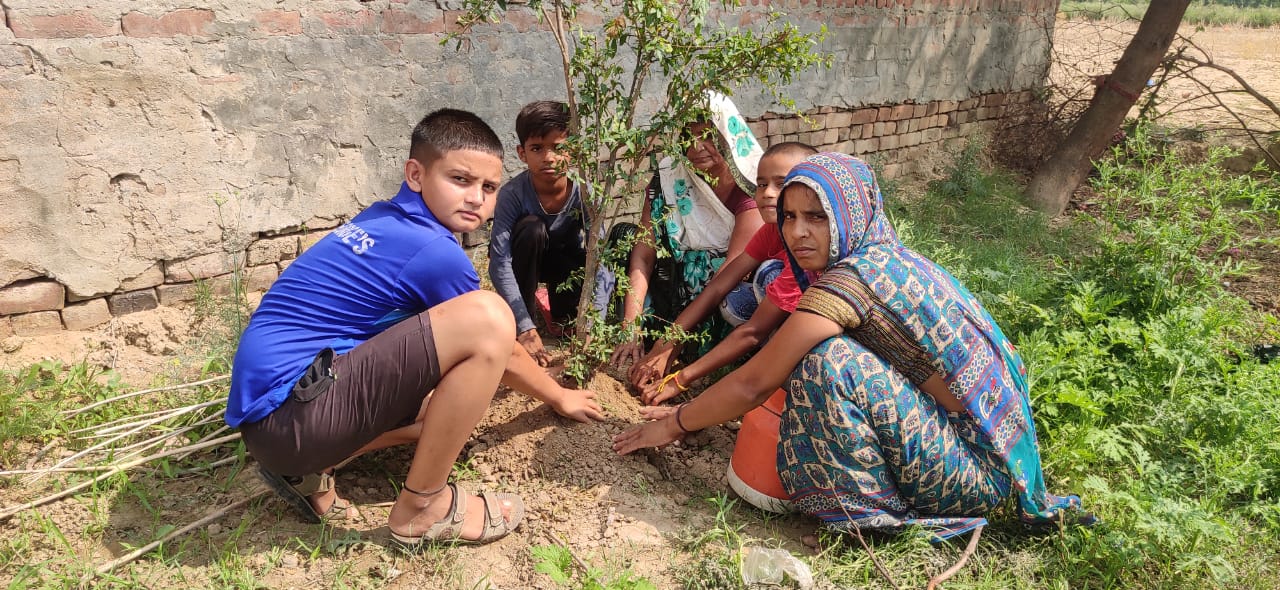Trickle Up’s programs prioritize empowering women to identify new income streams and build a sustainable pathway out of poverty
Women living in extreme poverty are vulnerable to income, health, climate, social shocks with limited scope to mitigate the consequences. Trickle Up’s mission is to partner with them to build economic opportunity and drive inclusion. Its work is anchored in the belief of creating sustainable and scalable change. It is built on robust evidence from the field of Graduation and the organization’s decades of experience across different geographies and partnering with different populations.
By 2030, Trickle Up will have reached 5 million people living in extreme poverty by delivering programming to a total of 1 million women.
For the last 43 years, Trickle Up has been investing in the process of identifying people living in extreme poverty and to design social interventions to put an end to their cycle of poverty. Often, this segment of the population is ignored because of high risk of investment and perceived low returns.
Trickle Up’s programs package livelihoods support, financial inclusion, social inclusion, and social safety nets, which Trickle Up has adapted from the tested Graduation Approach. Trickle Up’s programs are time-bound interventions that combine livelihood development, savings, and social protection.

In India, Trickle Up works in the states of Odisha, Jharkhand, and West Bengal, serving 29,655 people directly as project participants, with a reach of 184,205 people in rural areas that are often home to many members of scheduled castes and Particularly Vulnerable Tribal Groups (PVTGs).
Trickle Up’s programs prioritize empowering women to identify new income streams and build a sustainable pathway out of poverty.
At the close of the “Pathways out of Poverty” project, 900 participating households, on average, performed 3.7 livelihood activities each (activity diversification is a crucial factor in building resilience to setbacks), and 95% of participating women had at least two means of generating income. Besides, annual household income from all sources increased by more than 160%.
Greater economic stability from diverse and remunerative livelihoods and access to savings and credit significantly decreased distress migration amongst people, including those searching for wage labor, often in undignified, dangerous, and ill-paid tasks. The project also allowed women to engage in economic activities requiring year-round attention and their children remained in school.
Interestingly, almost all participating households had savings at the project close. Their debt to moneylenders reduced precipitously, and their families’ food consumption improved (in regularity, variety, and quality).
Of tremendous importance, women reported playing a significant role in household decision-making by the close of the project. In turn, they felt more valued by their community, took pride in earning income and paying off debt, and enjoyed enough latitude to be creative in their daily lives.
Trickle Up India Foundation has been supported by Tata Communications and the Walmart Foundation to implement the MPOWERED project (2,800 participants) and the Ultra-Poor Market Access project (1,000 participants), respectively. Trickle Up’s field-based partner NGOs are Lokadrusti, Mahashakti Foundation, Nirman, Sewa, Nydhee (in Odisha), Pravah and Srijan in Jharkhand. Furthermore, Trickle Up has capacity building partnerships with SEWA and Pravah.
Like most non-profit organizations Trickle Up is dedicated to diminishing risks and uncertainties to the continuity of its work, especially with regards to funding and staffing. Funding opportunities are becoming increasingly competitive and unpredictable. Secondly, attracting and retaining high quality staff is the backbone to any successful program.

Trickle Up is also aware of and exposed to external risks such as climate change and exogenous global shocks, like the COVID-19 pandemic. In particular, working in Odisha and Jharkhand makes climate change an immediate concern as both regions are disaster prone and communities living in extreme poverty are at highest risk, which can slow program delivery. However, Trickle Up continues to explore mitigation strategies to effectively offset these risks and ensure continuity for its participants. In line with 2030 global agreements, Trickle Up has ensured that its work connects to and strengthens the United Nation’s 2030 Sustainable Development Goals (SDGs) to tackle some of the world’s most urgent problems.

SDG Linkages
SDG 1: “No Poverty” is the primary goal that guides Trickle Up’s work. While working with populations in extreme poverty requires more resource-intensive programs, Trickle Up is determined to reach these populations to create longer lasting and more resilient transformations in people’s lives.
SDG 2: “No Hunger” is a key part of sustainable pathways out of poverty. In order to meet their basic needs, Trickle Up’s programs often connect participants to consumption support to eliminate food security as a worry and giving participants more opportunity to focus financial and physical resources on other needs. When participants have higher incomes, the first ensured outcome is essential nutrition and three meals daily.
SDG 3: At Trickle Up, “Good health and well-being” is critical to the success of any livelihood program. As participants living in extreme poverty have greater income, their overall wellbeing has time to flourish.
SDG 5: “Gender equality” is the lens through which Trickle Up designs all its programs. It is committed to enabling equitable gender parity at the ground level and up.
SDG 8: “Decent work and economic growth” is the founding principle upon which Trickle Up’s programs guide participants to pathways out of poverty by engaging them in meaningful income-generating livelihood activities.

SDG 10: Trickle Up’s effort to eradicate extreme poverty is one slice of “Reduced inequalities.” Reducing the disparity between urban and rural populations while also ensuring a fairer market for marginalized communities is a component of Trickle Up’s long-term programming.
Sushant Verma, Asia Regional Director, Trickle Up, underlines the importance of coaches, referring to them as ‘Champions of Change’. He says, “The need-based tailored support provided by them not only ensures the well-being of participants, but their involvement at the village level developmental work has enabled them to take up leadership roles in their respective villages and Panchayats.”








